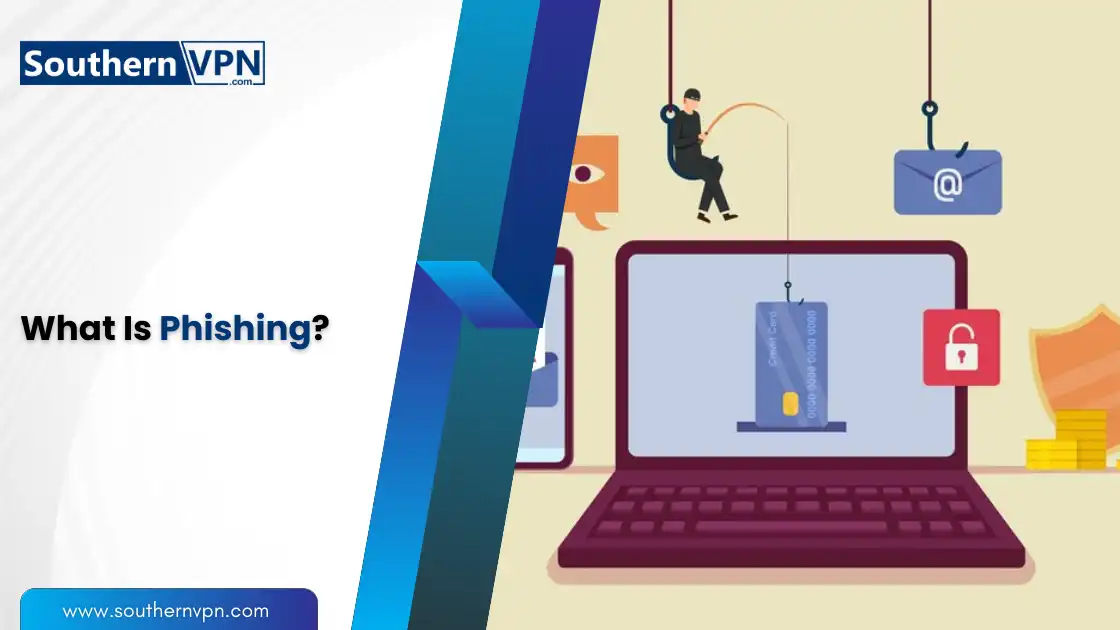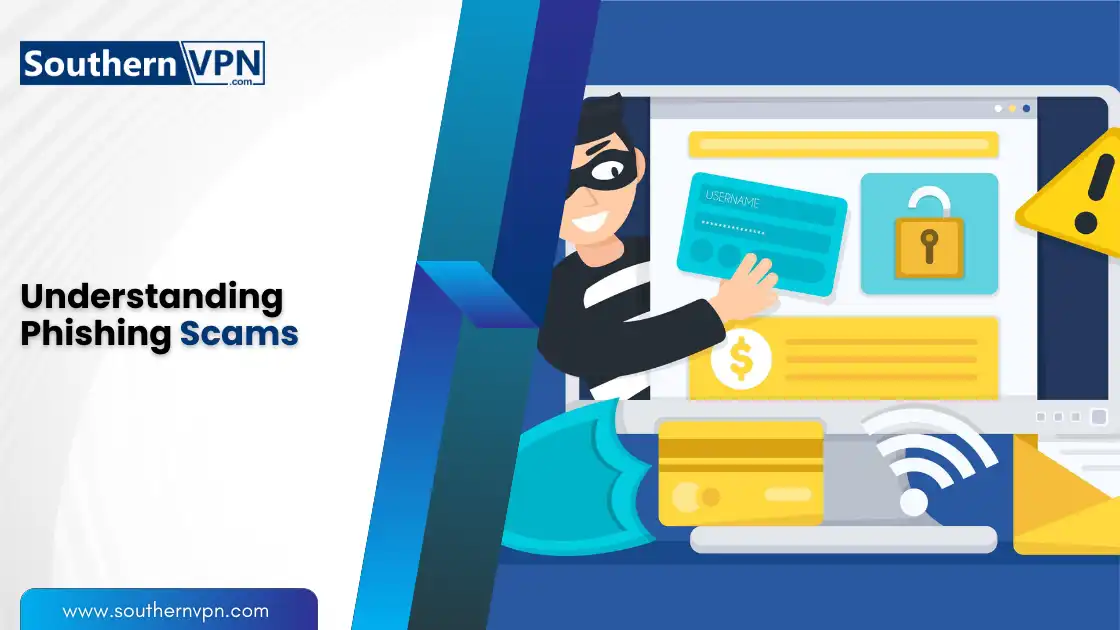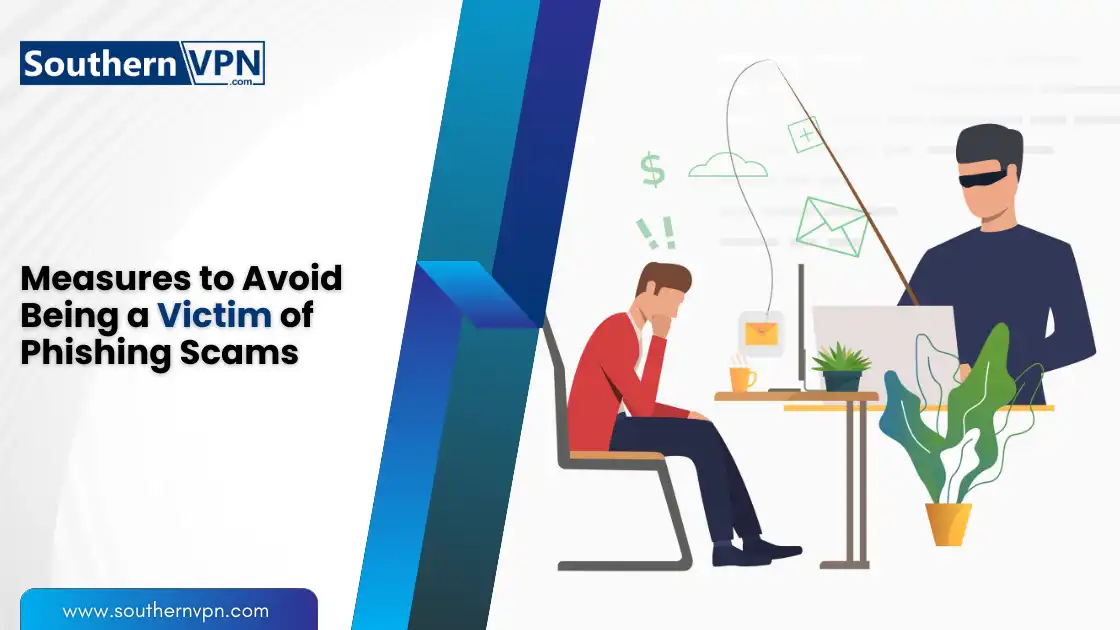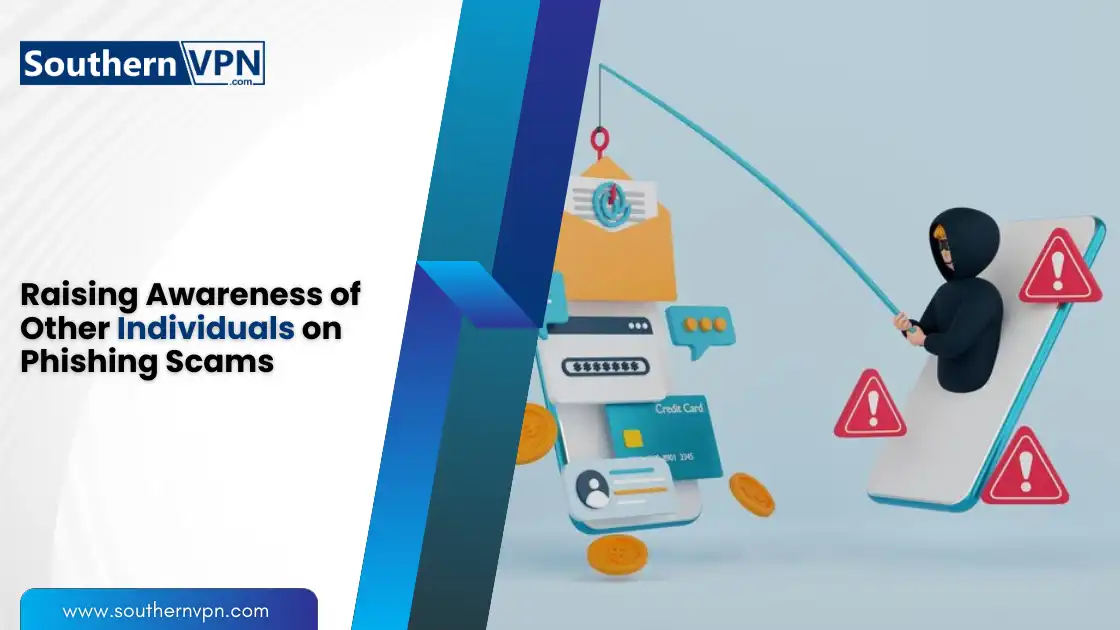Nowadays, phishing scams are quite popular and complex as everybody uses the Internet on a daily basis. Aim at making a person reveal confidential information including login details, credit card number, or personal information.
This unfortunate event can result in identity theft, personal financial losses, and presents another day’s nightmare events.
In this article, We will present you with detailed guidelines on how to stay safe from phishing scams with the advice and tips in the following sections. To avoid becoming victims of phishing attacks or falling prey to such scams, you should follow these steps.
What Is Phishing Scams?

Phishing is a form of internet fraud where attackers seek to deceive users into surrendering their usernames, passwords, credit card details, and/or other identifiable information.
This is often achieved by pretending to be someone or an organization that is credible such as a bank, a popular website, or even a fellow worker.
Phishing usually takes the form of fake emails, messages, and websites that resemble authentic ones but aim to obtain your sensitive details.
To understand what is phishing scams, it’s important to know that phishing usually takes the face of emails, messages, and websites that resemble authentic ones but with the aim of obtaining your sensitive details.
Do You Know?
Hackers on the internet try to trick others into giving away secret information. This is called phishing. In 2023, more than 8 out of every 10 companies had someone try to trick them this way. It’s a very common problem now.
How Phishing Scams Works
Phishing attacks usually involve the following steps: Deceptive Communication, where an email or message comes from a familiar person or organization with an urgent tone.
Fake Links or Websites, where the communication includes a link to a mimic website; and Information Theft, where the victim’s details are collected by the attacker and used fraudulently.
- Deceptive Communication: It is an e-mail or message that comes from a familiar person or an organization. This message frequently has an emergency tone of voice, telling the recipient something he or she should do right away.
- Fake Links or Websites: The communication usually involves sending the victim a link that will lead him or her to the mimic website. For instance, a phishing email could be an email that seems to be from the bank asking you to log in to your account.
- Information Theft: When the victim puts in his or her details on the fake site, these are collected by the attacker with the intention of using the information fraudulently; for instance, to impersonate the victim or defraud him or her.

- Lightning-fast speeds to browse without lag
- Servers in 105+ countries around the globe
- Military-grade security to stay safe online
- Try it risk-free with its money-back guarantee
- Native apps for all major devices
Understanding Phishing Scams

Phishing scams are normally the act of sending fake emails, text messages, or messages through social media that imitate legitimate organizations like banks, government departments, or reputable companies.
These messages often carry an element of telling you to take some action immediately, or be afraid, thus you will click on the link or type your password.
Understanding how phishing scams work can help you recognize these tactics and avoid falling victim to them.
When you click on the link or when you fill in your details, the scammers will be in a position to compromise your linked accounts, steal your identity or even download viruses into your computer.
Do You Know?
Hackers don’t just send fake messages to everyone. They pick one person or company to trick. These bad guys learn stuff about who they want to fool. They use this information to make their fake messages sound very real. This special kind of tricking is called spear phishing.
Real Life Example of a Recent Phishing Scam
One of the significant cybercrimes reported was a phishing scam launched in January 2024, which is detailed in the January 2024 cyber attacks statistics.
The scammers targeted users of an online payment service, conducting phishing by creating an email that looked like it arrived from the payment service and stated there was a problem with the account.
The email was sent out encouraging the targets to confirm they were still subscribed to go through the correct procedure of confirming their identity with a link. It is crucial to stay safe from phishing scams by being vigilant about such emails.
Whenever a user clicked on the link, they were redirected to a cloned version of the actual payment service’s website. Of the information it requested for, it included username, password, and credit card details.
Unfortunately, a large number of innocent users got trapped in which resulted in unauthorized transactions, identity thefts were common.
True Face of a Phishing Scam
Common signs of a phishing scam include suspicious email addresses or sender names, generic greetings, urgent or threatening language, requests for sensitive information, and suspicious links or attachments. Here are some red flags to watch out for examples of phishing scams:
- Suspicious email addresses or sender names: Phishing emails are usually fakes and thus, their originators do not use the proper organization’s email addresses.
- Generic greetings: Authentic organizations would always refer to you by your name but in a phishing email, the message may begin with something like, “Dear Customer” or “Dear member”.
- Urgent or threatening language: Each time, the aim of cons is to create a sense of urgency to force the person to act as prompted by the email’s contents, for instance, to explain they will shut the account or report the person to the authorities.
- Requests for sensitive information: It should be taken into account that legitimate organizations will never demand the sharing of sensitive information through emails or other types of messages that a person did not expect.
- Suspicious links or attachments: Position the mouse above the links and look at the status bar to check whether the link is leading to the organization’s website or not. Do not open emails with unknown senders or click on the links or open the attachments that they send you.
Measures to Avoid Being a Victim of Phishing Scams

To protect yourself from phishing scams and learn how to avoid phishing scams, be cautious of unsolicited messages, never provide sensitive information via email or message, check URLs carefully, use strong and unique passwords, enable two-factor authentication, keep your software up to date, be wary of public Wi-Fi, and report suspicious activity.
Be cautious of unsolicited messages
If you receive a message that you have never expected to be received asking for a certain form of action, it is always safe to check if the message was sent by a legit entity before performing the action in question to stay safe from phishing scams.
Never provide sensitive information
Never provide sensitive information while messaging as the authorities, legitimate organizations, and companies will never demand people’s personal data through such means.
Pro Tip
If you receive a request for sensitive information, especially from financial institution, contact them directly using official contact information to verify the request.
Check URLs Carefully
Just before clicking on any link, placing the cursor over it to check the type of link in use. Make sure the link corresponds to the legit website’s link. Vis-a-vis the latter, search for linguistic mistakes in the keywords, and/or odd-looking domain names to understand how to avoid phishing scams.
Use strong and unique passwords
Try to use unique passwords for all your accounts and regularly change them, it is recommended to use some tools as password managers.
Enable two-factor authentication:
A wonderful way to safeguard oneself from intruders accessing one’s account is by making the accounts that bit more secure.
Keep your software up to date:
Perform security software update, to ensure the operating systems prevent access to known malicious applications.
Report suspicious activity:
If you have fallen for that kind of a trick, you should contact your service providers and banks to inform them of the incident.
Be wary of public Wi-Fi:
Do not use popular sites and accounts during occasions where hazardous public Wi-Fi connections are in use. Understanding how phishing scams work can help you avoid falling victim to such attacks and protect privacy on public Wi-Fi.
Raising Awareness of Other Individuals On Phishing Scams

Uninterrupted, high-speed browsing, zero logs so your online activity is always private.
Over 7000 people checked out NordVPN in the last month

Yes, phishing scams can affect not only persons but also groups of people or the whole community. This way, others may avoid becoming victims and raise awareness among other people about the discussed risks of online activities.
Pass this guide to your friends and other people that you know and make them aware of this phishing scam and that they should be more careful.
When people come together such as us, then we can try and make the internet safer for everyone.
Conclusion
Phishing scams are dangerous, nonetheless, knowing the main warning signs and following the guidelines on Internet security minimizes the chances of being a target.
Always bear in mind that if the offer you receive looks and sounds fishy or the situation is supposedly very dire and critical, then it is probably a scam.
Do not blindly act on the message; it is always safer to confirm the authenticity of any message or request to stay safe from phishing scams.
Be safe, be wise, and embrace the opportunities of the digital world without fear and anxiety.






